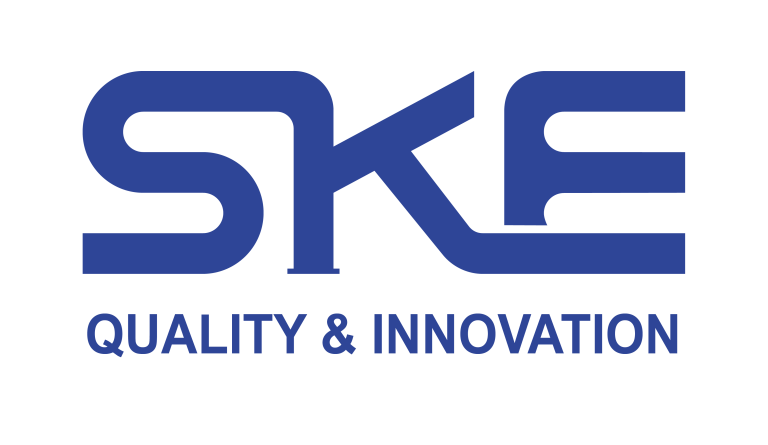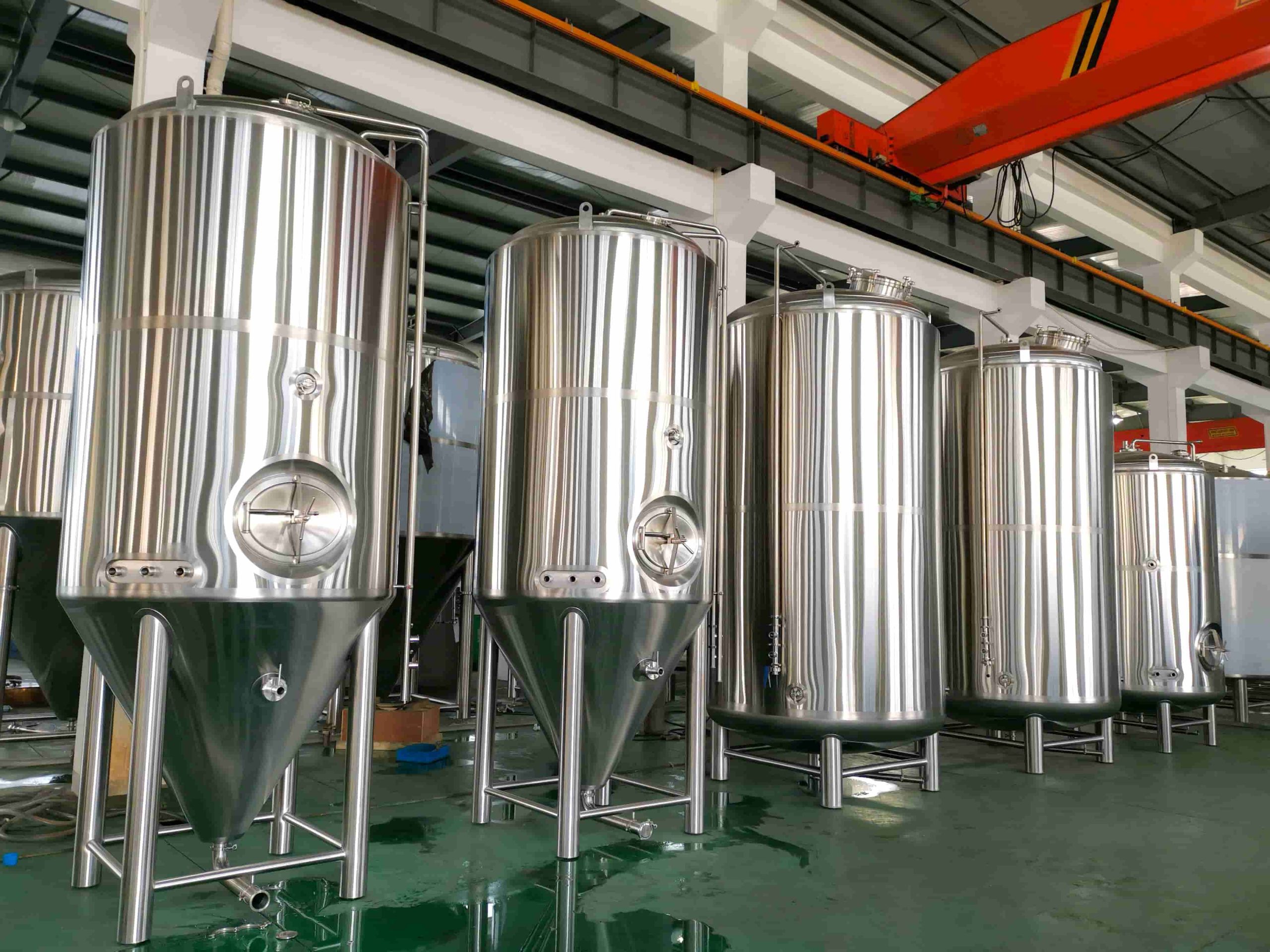Elevate your brewery’s efficiency and consistency with state-of-the-art stainless steel systems from SKE Equipment.
Introduction: The Heartbeat of Your Brewery
Imagine crafting the perfect beer, batch after batch, with unmatched consistency and flavor. At the core of this vision lies the humble yet mighty fermentation vessel. Whether you’re a craft startup or an established operation seeking an upgrade, a high-quality stainless steel unit can transform your process, ensuring precision at every stage. In this guide, we’ll explore essential design features and operational best practices to help you optimize performance.
Anatomy of a Brewing Tank
A robust system for wort fermentation typically comprises several key elements designed to foster ideal conditions:
Main Shell
Constructed from food-grade stainless steel, the polished interior offers durability and simplifies sanitation.Cooling Jackets
Integrated into the outer walls, these circulate glycol or chilled water to precisely regulate temperature—crucial for consistent yeast activity and flavor development.Agitation & Aeration
Gentle mixers or sparge rings distribute nutrients and oxygen evenly, promoting a healthy, uniform cell population throughout the volume.Pressure Relief & Control
Built-in valves manage internal pressure, enabling natural carbonation and safe operation under fermenting pressure.Instrumentation & Automation
Digital sensors measure temperature, pressure, and pH, while PLCs automate control loops—minimizing manual intervention and boosting reproducibility.
Why Stainless Steel Matters
When comparing materials, stainless steel stands out for several reasons:
Sanitation & Cleanability
Its non-porous surface resists microbial buildup. Clean-in-place (CIP) systems streamline cycles, saving time and ensuring hygiene.Durability & Longevity
Resistant to impacts and corrosion, this construction offers decades of reliable service with minimal maintenance.Thermal Efficiency
Excellent heat transfer properties combined with insulation deliver tight temperature control—critical for steady fermentation.Flavor Neutrality
Unlike other metals, stainless steel won’t impart off-notes, preserving your beer’s intended profile.Scalability
From 50 L pilot units to 100 HL production systems, modular designs allow seamless capacity growth.
The Brewing Tank Lifecycle: From Wort to Beer
Maximize the utility of your brewing tank by optimizing each stage of the beer-making process:
Wort Transfer & Oxygenation
After boiling, clear wort is pumped into the brewing tank. A built-in diffuser in your stainless steel brewing tank efficiently oxygenates the wort, kick-starting yeast metabolism.Yeast Pitching
Pitch the exact yeast count into a sanitized brewing tank. Maintaining the ideal temperature (18–22 °C for ales, 8–12 °C for lagers) in your stainless steel brewing tank ensures robust fermentation.Primary Fermentation
Yeast converts sugars to alcohol and CO₂. In a pressurized stainless steel brewing tank, you can naturally carbonate the beer, retaining delicate aromas and reducing oxygen pickup.Conditioning & Carbonation
After primary fermentation, the beer conditions in the same brewing tank or transfers to a bright tank. Conditioning in a stainless steel brewing tank allows unwanted compounds to settle and flavors to mature.Bright Tank Finishing
Bright beer tanks—another form of stainless steel brewing tanks—clarify, carbonate, and store finished beer before packaging. Precise temperature control in these tanks guarantees stability and shelf life.
Lifecycle of a Brew in a Stainless Vessel
Maximize yield and quality by fine-tuning each stage:
Wort Transfer & Aeration
Clear wort enters the cold-wall vessel and receives a controlled dose of oxygen, jump-starting yeast metabolism.Yeast Pitching
Precisely measured yeast is introduced, and automated temperature control maintains ideal conditions (e.g., 18–22 °C for ales).Primary Fermentation
Sugars convert to alcohol and CO₂. Pressurized operation allows for in-tank carbonation, reducing oxygen pickup.Conditioning & Maturation
After active fermentation, beer rests to develop flavors and settle unwanted compounds.Bright Tank Finishing
Final clarification and carbonation occur here, ensuring consistent mouthfeel and shelf stability.
Optimizing Efficiency with SKE Equipment
SKE’s stainless solutions are engineered for peak performance:
Tailored Capacities — From microbrew setups to large-scale production, select the optimal volume.
Advanced Automation — Touchscreen PLCs handle temperature ramps, pressure profiles, and cleaning sequences.
Premium Fabrication — We use 304/316L alloys, TIG-welded seams, and mirror-polished interiors for superior hygiene.
Turnkey Integration — Complete systems include heat exchangers and CIP stations, delivered and commissioned by our expert team.
Partnering with SKE means faster turnaround, tighter consistency, and reduced operational costs.
Key Performance Factors
| Factor | Impact on Efficiency |
|---|---|
| Vessel Material | Durability, easy cleaning, and flavor neutrality |
| Thermal Control | Stable temperatures for consistent yeast performance |
| Pressure Management | Enables safe pressurized fermentation and carbonation |
| Mixing & Aeration | Uniform cell distribution and optimal metabolism |
| Automation | Reduces manual steps, improves reproducibility |
| Surface Finish | Prevents contamination hotspots and simplifies cleaning |
Conclusion & Next Steps
Investing in a high-quality stainless steel fermentation vessel is essential for any brewery focused on consistency, cost savings, and growth. From wort transfer to final conditioning, each phase benefits from precise control and hygienic design.
Contact SKE Equipment today for a customized consultation and discover how our systems can elevate your brewing operation.
FAQ
Q1: What size options are available?
A1: Capacities range from 50 L to over 100 HL, customizable to your production needs.
Q2: How often should I perform CIP?
A2: Run a CIP cycle after every batch with caustic and acid washes; sanitize fully before pitching.
Q3: Can existing vessels be retrofitted?
A3: Yes—many legacy vessels can be upgraded with cooling jackets and automation packages.
Q4: Does pressurization improve quality?
A4: Yes—it maintains CO₂ in solution, preserving aroma and reducing oxidation.
Q5: What’s the expected lifespan?
A5: With proper care, stainless steel vessels last over 20 years, maximizing ROI.

